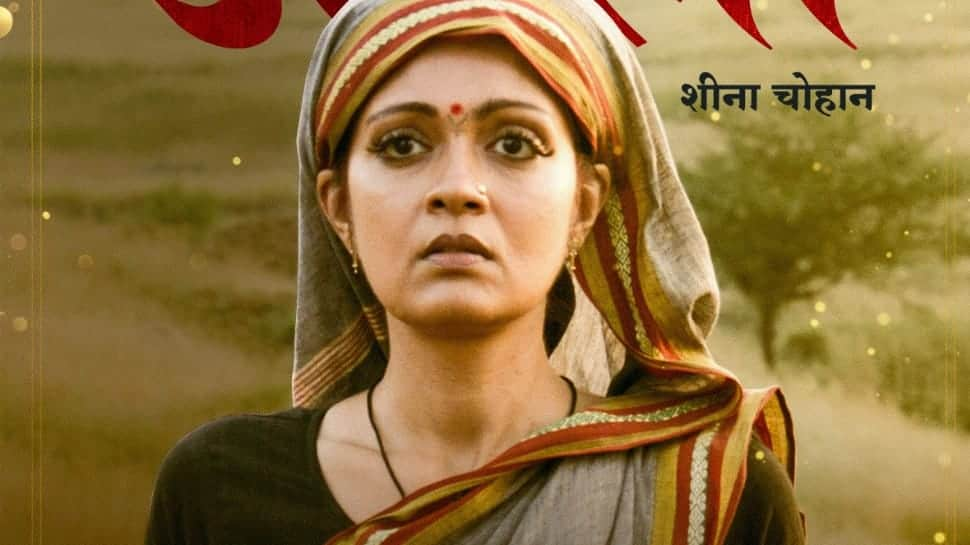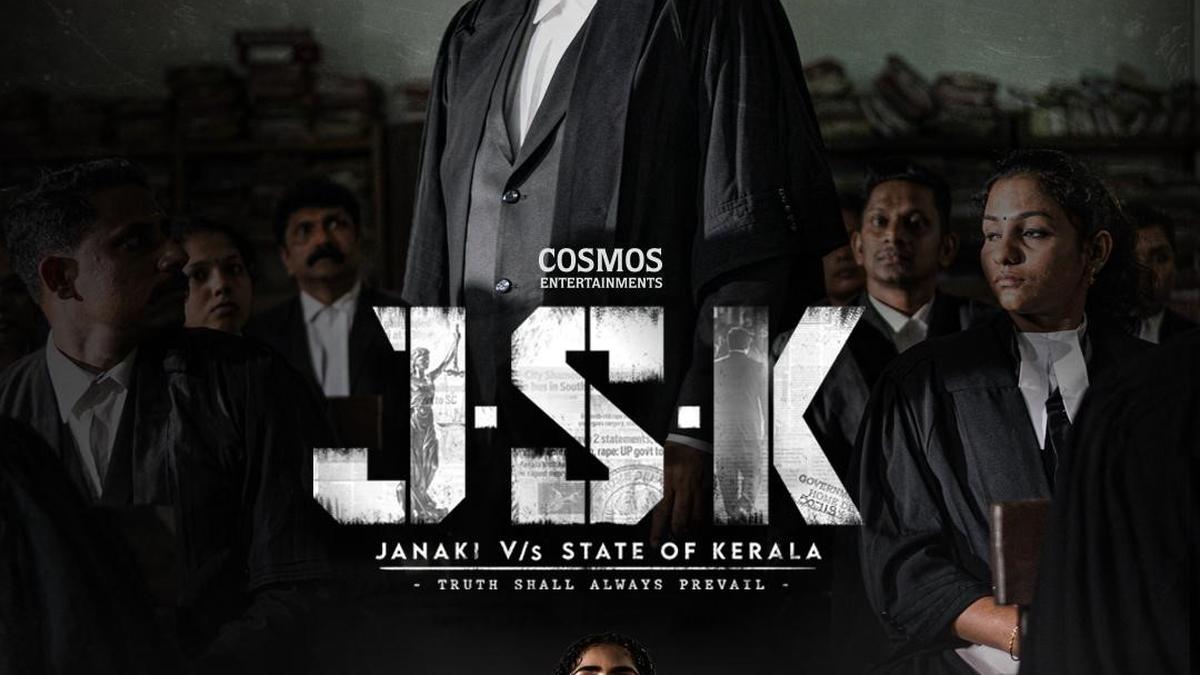Koodiyattam exponent Kapila Venu breaks the glass ceiling yet again in the new play Mricchakatikam
Koodiyattam, India’s only surviving Sanskrit theatre form, still has an untapped goldmine of ancient texts to dip into. The latest Koodiyattam play is Mricchakatikam (The Little Clay Cart), written by King Sudraka in the 5th Century, and has been directed by celebrated guru G Venu of Natanakairali, Irinjalakuda
Mricchakatikam differs from the usual Koodiyattam repertoire as its story does not revolve around kings, gods or characters from the epics, but around commoners, love, friendship and a political coup. Perhaps, a major reason why Mricchakatikam, with a thief and a courtesan as its core plot, was never considered apt for Koodiyattam.
Even Kalidasa’s Sakunthalam, a famed Sanskrit play was not featured in Koodiyattam till Venu adapted it to the stage in 2001. He is known to combine theatre with themes and socio-political consciousness. “When I took to Koodiyattam in 1976, women were not given much importance though they performed female roles. It has been my dream to present plays with strong female leads.” Post the success of Shakuntalam, he directed Vikramorvasiyam and Urubhangam — with Urvashi and Gandhari, respectively — as central characters. In all these plays, Venu’s daughter Kapila Venu, has played the lead.
In Mricchakatikam Kapila portrays Vasantasena, while Sooraj Nambiar plays Charudatta. Nepathya Sreehari Chakyar plays Sarvilaka the thief, while Pothiyil Ranjith Chakyar dons the role of Karnapooraka, the mahout. Margi Sajeev Narayana Chakyar, Sankar Venkateswaran, Kalamandalam Jishnu Pratap, Sarita Krishnakumar and Margi Anjana Chakyar are the other actors who portray pivotal characters in the play.
Mricchakatikam has a complicated storyline and over 30 characters in it, each having a crucial role to play in the plot. At the surface level, it is a romantic tale between a poor merchant and a wealthy courtesan, but, its underlying theme is about class, wealth, political corruption and redemption. And like many classical artforms, the focus is not on the plot but its presentation.
Kapila Venu as Vasanthasena and Sooraj Nambiar as Charudatta in Mrcchakatikam.
| Photo Credit:
THULASI KAKKAT
“Vasantasena is unlike any character I have played before. She is intelligent, generous, cultured, educated and wealthy . It is beautiful that she sees these very qualities in Charudatta and is drawn to him. In my portrayal of her, I emphasise her independence and power,” says Kapila.
The master comes up with a new work.
| Photo Credit:
THULASI KAKKAT
According to Venu, “Koodiyattam has the theatrical elements to make the audience believe there is an elephant on stage.” He also makes a bold statement in the climax of the play, by having Vasantasena perform the ritualistic mudiyakkitha, traditionally performed by the male lead. He explains: “Vasantasena is no ordinary heroine. She is independent, virtuous and philanthropic. Hence, I decided to have her perform the mudiyakkitha. We need to take such bold decisions to acknowledge that today more women are taking up this art form compared to men.”
Kapila too believes that the climax will be a moment of historic significance. “Bharathavakyam, the final benediction of the play and the mudiyakkitha ritual marks the culmination of a Koodiyattam play and carry deep spiritual and theatrical meanings. The right to perform this ritual was restricted to the male actor.”
The biggest challenge for Venu was “to condense the 10-act play to a two-and-a-half-hour one. It had to be done if Koodiyattam had to stay relevant and adapt to the demands of the modern audience. My first version of Sakunthalam ran into 13-and-a-half hours and was staged over four days. Though it was appreciated, we could not stage many shows. Then we came up with a shorter version, which was a success and is being performed even today.”
The idea to stage Mricchakatikam was encouraged by the late theatre director Habib Tanvir, who had adapted it to the stage first using folk forms. “He watched our plays and suggested we do Mricchakatikam and was convinced that Koodiyattam could achieve what his folk version could not,” shares Venu.
“Initially, we were not sure if this was adaptable to Koodiyattam. After several readings for a month, I wrote the play to include all the layers of its aesthetic potential. But, that ran into five-and-a-half-hours. After another four months of rehearsals, it was cut down to a duration of two-and-a-half hours,” states Venu.
Percussion for Mricchakatikam is by Kalamandalam Rajiv, Hariharan and Vineesh on the mizhavu, with Kalanilayam Unnikrishnan on the Idakka and Gurukulam Athulya on talam. There is also the addition of kurumkuzhal, a wind instrument, rarely used in Koodiyattam.
Mricchakatikam, produced by Natanakairali and supported by the Bhoomija Trust, Bengaluru, will premiere at Ranga Shankara in Bengaluru, on July 1 and 2 at Ranga Shankara.
Published – June 25, 2025 12:35 pm IST






